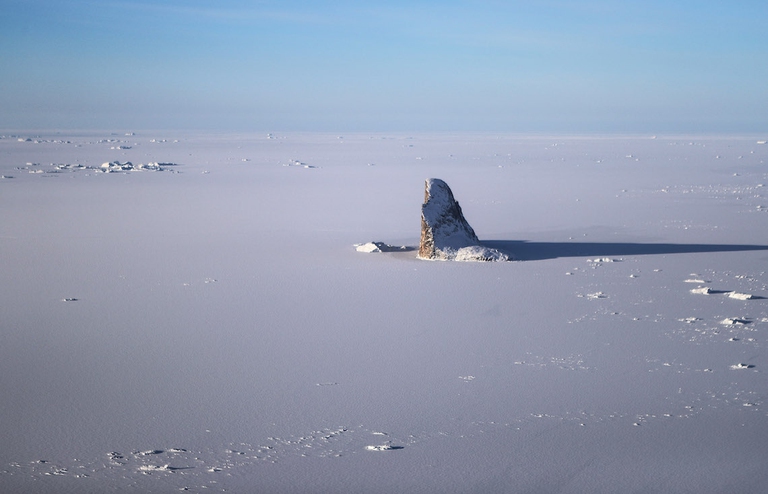
South African court dismisses a major lawsuit by 140,000 Zambian women and children against Anglo American for Kabwe lead poisoning. A setback for affected communities enduring the lasting impact of lead contamination.
The oldest and thickest sea ice in the Arctic has broken up for the first time on record. The event has been caused by the unusual heat wave that hit the area this summer.
In northern Greenland, the thickest and oldest sea ice has started to break up. It’s the first time on record in an area that has always remained compacted throughout the seasons, even in the warmer summer months.
Polarstern enters uncharted #Arctic waters in what once was thick perennial sea ice. Follow progress at https://t.co/BXplVLWjDj @AWI_Media pic.twitter.com/Kueb5QxDTr
— Mark Drinkwater (@kryosat) 22 agosto 2018
UK newspaper The Guardian has reported the news, underlying that it represents a scary event. According to scientists, the phenomenon has been caused by an unprecedented heat wave that has hit the northern hemisphere and that was driven by climate change. Between February and August, numerous abnormal temperature peaks have been registered in the Arctic regions. This would have made sea ice more fragile.
The finishing blow has been probably given by warm winds that blew in the area. “Almost all of the ice to the north of Greenland is quite shattered and broken up and therefore more mobile,” Ruth Mottram of the Danish Meteorological Institute told the Guardian. “Open water off the north coast of Greenland is unusual,” she warns.
Experts tweeted a series of animated graphs that clearly show the ongoing phenomenon: warmer seas (in blue) enter in between Greenland coasts and the sea ice (yellow/orange).
A small animation from @DTUSpace
showing our combined #Sentinel1 and #AMSR2 images and our @CMEMS_EU #Sentinel1 1-day ice drift vectors. All from https://t.co/KMsYanQEs4 pic.twitter.com/6ctc0JzgpQ— Leif Toudal (@elmltp) 13 agosto 2018
This area is (was) called “the last ice area” because it is considered resistant to the effects of a warmer climate, at least up to now. The ice in this area is particularly thick thanks to a current coming from Siberia. But now the situation could even get worse because the fracture could make penetrate warmer waters, accelerating the process, as Thomas Lavergne, a scientist at the Norwegian Meteorological Institute, explained. “The thick old sea ice will have been pushed away from the coast, to an area where it will melt more easily”.
Siamo anche su WhatsApp. Segui il canale ufficiale LifeGate per restare aggiornata, aggiornato sulle ultime notizie e sulle nostre attività.
![]()
Quest'opera è distribuita con Licenza Creative Commons Attribuzione - Non commerciale - Non opere derivate 4.0 Internazionale.
South African court dismisses a major lawsuit by 140,000 Zambian women and children against Anglo American for Kabwe lead poisoning. A setback for affected communities enduring the lasting impact of lead contamination.
Controversial African land deals by Blue Carbon face skepticism regarding their environmental impact and doubts about the company’s track record, raising concerns about potential divergence from authentic environmental initiatives.
Majuli, the world’s largest river island in Assam State of India is quickly disappearing into the Brahmaputra river due to soil erosion.
Food imported into the EU aren’t subject to the same production standards as European food. The introduction of mirror clauses would ensure reciprocity while also encouraging the agroecological transition.
Sikkim is a hilly State in north-east India. Surrounded by villages that attracts outsiders thanks to its soothing calmness and natural beauty.
Sikkim, one of the smallest states in India has made it mandatory for new mothers to plant saplings and protect them like their children to save environment
Chilekwa Mumba is a Zambian is an environmental activist and community organizer. He is known for having organized a successful lawsuit against UK-based mining companies.
What led to the Fukushima water release, and what are the impacts of one of the most controversial decisions of the post-nuclear disaster clean-up effort?
Nzambi Matee is a Kenyan engineer who produces sustainable low-cost construction materials made of recycled plastic waste with the aim of addressing plastic pollution and affordable housing.








